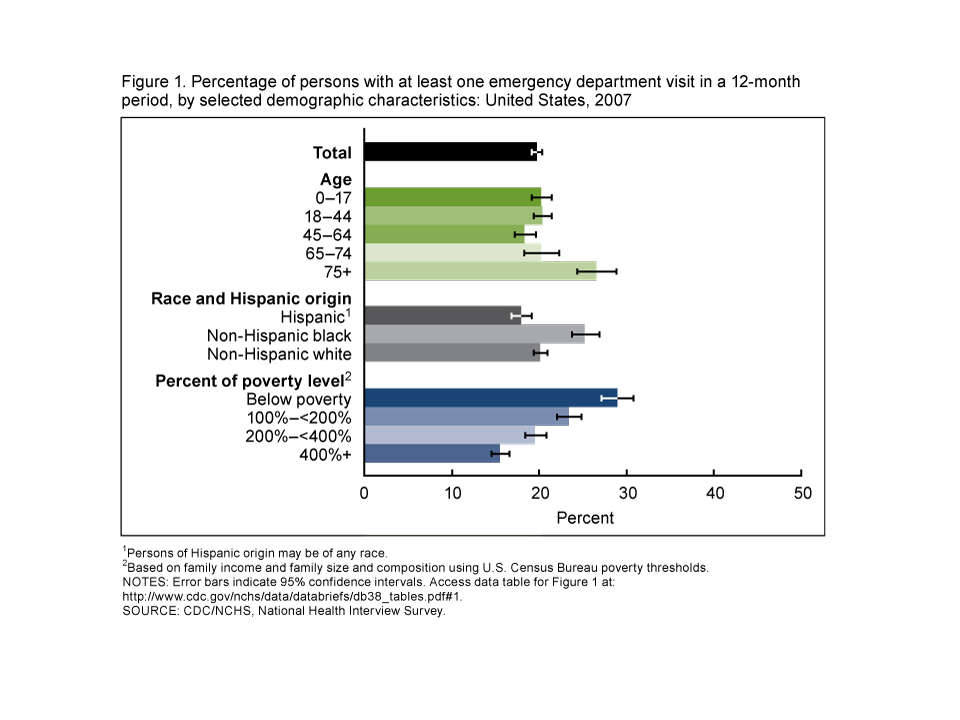A good friend and I still joke about one of our first conversations when we met at a Catholic Worker house several years ago. He asked if I was Catholic.
“Small-c catholic,” I told him.
“So I guess that’s a no,” he responded.
What may seem strange to many people was that I didn’t see it that way. At the time of that conversation, I had actually been a full and active participant in the Catholic Church for a number of years. But I think my response to my friend had been intended to indicate a fuller picture of my religious and spiritual identity—which is, depending on your point of view, either a story of total confusion or one of ecumenism incarnate. In any case, my “identity”, like that of the Church itself, is a story—a dynamic, evolving, ever-unfolding story—not a status. Vatican II is a part of both of our stories, and I’m quite convinced that without the Council’s emphasis on Christian unity and its acknowledgment of the wisdom and grace of other traditions, there would not be a place for someone like me within the Church today.
I sometimes explain my religious formation in terms of having been born Catholic and raised Protestant: I was baptized in the Catholic Church as an infant just before my mother (who was hungry for a richer experience of community and deeper engagement with scripture than she had been able to find in the Catholic Church of her youth) began attending a Protestant congregation when I was still a very young child. Growing up, I was steeped in congregational singing, extemporaneous prayer, potluck dinners, and the memorization of scripture. I am still shaped by and deeply grateful for those experiences. My sense of God’s presence and activity both in my own life and in the world was further enriched through college and graduate school, as I encountered the Spirit in distinctive ways among evangelicals, liberal Protestants, Anabaptists, and charismatics. In his recent post on this topic, David Cloutier expresses his appreciation of the fact that because of the Council he was not faced, as earlier generations might have been, with the choice between abandoning his beliefs and digging in defensively against others; I appreciate that because of some of the developments of the Council I was not forced to leave behind parts of myself as a condition of entering into full communion with the Church. When in my late twenties I found myself drawn to the liturgy, spiritual traditions, social teaching, and saints of the Catholic Church, I was forced to reckon in a very personal way with the Church’s teaching on other Christian traditions and the meaning of “Catholic” identity. Does identifying as “Catholic” require the renunciation of other traditions and experiences? Or is it possible to find in the Church a sacrament of the eschatological unity of the broken body of Christ, a continuous tradition that links us, however imperfectly, to our founder?
“Anything wrought by the grace of the Holy Spirit in the hearts of our separated brothers and sisters can contribute to our own edification,” states the Council’s 1964 Decree on Ecumenism. “Whatever is truly Christian is never contrary to what genuinely belongs to the faith; indeed, it can always bring a more perfect realization of the mystery of Christ and the church,” (Unitatis Redintegratio, 4). The same document opens with the bold statement that “the restoration of unity among all Christians is one of the principal concerns of the Second Vatican Council,” (UR, 1), and indeed, many of the recent commentaries on this fiftieth anniversary of the Council especially highlight this aspect of its legacy (I’ve found it interesting that the Decree on Ecumenism and the Council’s attention to dialogue have been so prominent for those of us writing about it on this site, as well). With perhaps a bit too much reliance on a “hermeneutics of rupture,” one of the articles in the National Catholic Reporter’s recent special commemoratory issue identifies how the position on ecumenism that was adopted by the Council would have seemed unbelievable and impossible only a few years earlier: “Reversing almost 400 years of polemics, the decree admits that ‘men of both sides were to blame’ for the separations that had rent the seamless garment of Christ. It accepts as ‘brothers, with respect and affection,’ those whom it had previously regarded as heretics, schismatics, and adversaries to be refuted in theological manuals.”[1] Others who lived through the Council tell of the very real—and positive—differences that this development made for their relationships with neighbors, classmates, or co-workers of other Christian traditions.
Of course, in the time since I came into full communion with the Catholic Church, I have also become familiar with “traditionalist” critiques which lament the dilution of Catholic identity as a result of these developments. In such a view, the hemorrhaging of the membership of the Church over the past forty years and the lack of religious literacy even among faithful Catholics today are attributable to the ways in which, because of the Council’s desire to make the tradition intelligible to “the whole of humanity”, the Church lost much of its distinctive beauty and truth. I’ll admit that I do not find such arguments particularly compelling—but I do recognize that they point to one very real and important dimension of the challenge of fidelity to the Christian gospel: the challenge of hospitality and the ways in which welcoming others requires not only openness to difference but also a sense of one’s own identity.
Writing a dissertation and book on this theme—that is, the ways in which the limits of hospitality are formed by the tensions between openness and identity, security and risk—has also led me to try to better understand the Council’s teaching on both ecumenism and Catholic identity. The ecumenism that underlies my perspective in that larger project is based not on a watered-down sense of the essence of Christianity, as if such an essence could be separated from its incarnation in very particular ways, but rather on the conviction that God both transcends and is present in many different communities’ ways of following Christ. It is always through the ‘doorway’ of a particular tradition that people are welcomed into God’s love, and the different shapes that Christian community legitimately can assume are a way of speaking to different people and contexts in ways that are intelligible to them—a continuation of the spirit of Pentecost, in which the gathered people heard the apostles “in our own languages . . . speaking about God’s mighty deeds of power,” (Acts 2:11).[2] The Catholic Church (and all Christians, for that matter) is faced with the paradoxical situation of needing to maintain faithfulness to its identity “in Christ” if its hospitality to the world is to offer the fullness of life promised by its founder; at the same there is a strong argument for the claim that the Church can only be faithful to this identity by offering hospitality to those who are strange—and even threatening—to it. This is a difficult negotiation indeed—and one which requires reliance on both structure and Spirit. The “new Pentecost” proclaimed by John XXIII at the advent of the Council thus seems to me to have been a way of making the former more responsive to the latter in a way that is more challenging than either rigid defensiveness or abandonment of tradition would be.
Does Catholic identity allow for both a big-C and small-c Catholic Church–that is, a Church that is both in continuity with tradition and truly universal? Vatican II has allowed this to become a real question around the world–and continuing to negotiate it may well be at the heart of the challenge that the Church will face in the next fifty years of living with the legacy of the Council.




